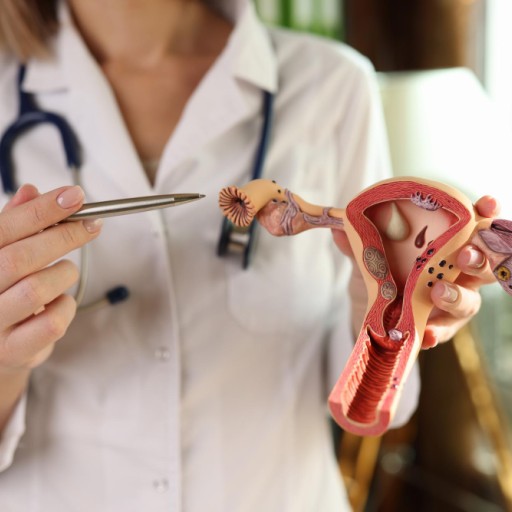Labiaplasty
2 results foundLabioplasty: A Full Overview of Understanding, Benefits, and Recovery
Labiaplasty is a cosmetic surgical operation that has lately been in high demand and aims at the modification of labia minora and/or labia majora. It is generally performed because of functional and aesthetic reasons, considering problems such as discomfort, asymmetry, and self-esteem. Labioplasty, due to continuous improvement and advancement in medical technology, has become a common type of surgery for people who want better genital presentation or have physical discomfort. Knowing the procedure, after-effects, and recovery process is important for any woman who considers this transformative surgery.
What is Labiaplasty?
Labioplasty is a surgical treatment for reshaping or reducing the labia minora or labia majora-folds of skin around the vaginal opening. This will help people who are concerned with asymmetry of the labia, discomfort during physical activities, or unhappy with the look of the labia. This normally is performed under local or general anesthesia where extra tissue is removed and the labia reshaped for a more pleasing result, or even comfortable.
Post-operative Care and Recovery
Labioplasty recovery can be quite time-consuming and requires a lot of cautiousness post-surgery. The patients may experience swelling, bruising, and discomfort; however, after a few weeks, all these symptoms usually subside. It is quite essential for the patients to follow all the recommendations of post-operative care given by the surgeon for an event-free recovery. This includes avoiding strenuous activities, keeping oneself hygienic, and visiting the follow-up sessions to monitor the progress of healing. The general period when most people return to normal activities is about 4 to 6 weeks, though this is different for every patient.
Before and After Photos
The before and after photos of labioplasty procedures give a very good idea regarding the achievable results and also something about the skill of the surgeon. These photos depict what one can usually expect from such procedures and help in the management of expectations. Most clinics offer galleries presenting how their previous patients have changed due to this procedure.
Pain Management
Managing pain is an important part of the labioplasty healing process. While some discomfort can be expected, most can be effectively managed with prescribed pain medication in addition to over-the-counter pain relievers. It is important that patients follow their surgeon's recommendations for managing their pain and report any sharp or persistent pain.
Who is a Good Candidate?
These include ideal candidates who have enlarged or asymmetrical labia that result in discomfort or have aesthetic concerns about the appearance of their genitalia. The candidates should be in good health overall, have realistic expectations from the procedure, and agree to follow the post-operative care instructions given. Consulting with a qualified surgeon will help determine whether labioplasty is an appropriate choice based on the individual need and circumstances.
Labiaplasty Techniques
The labioplasty techniques can include the trim method, wedge method, among others. In the trim method, the excess tissue is taken off from the edge of the labia. For the wedge method, a wedge-shaped section of tissue is excised to decrease the size but to maintain the natural contours. Each method has its advantages and disadvantages; therefore, the technique that will be performed is based on the goals of the patient and anatomy.
Beautification and the improvement of looks of one's genitals are possible with labioplasty, as well as a solution for those who experience physical discomfort. Knowing the procedure, the costs involved, risks present, and recovery will help the candidate make an informed decision and thus find satisfying results.


